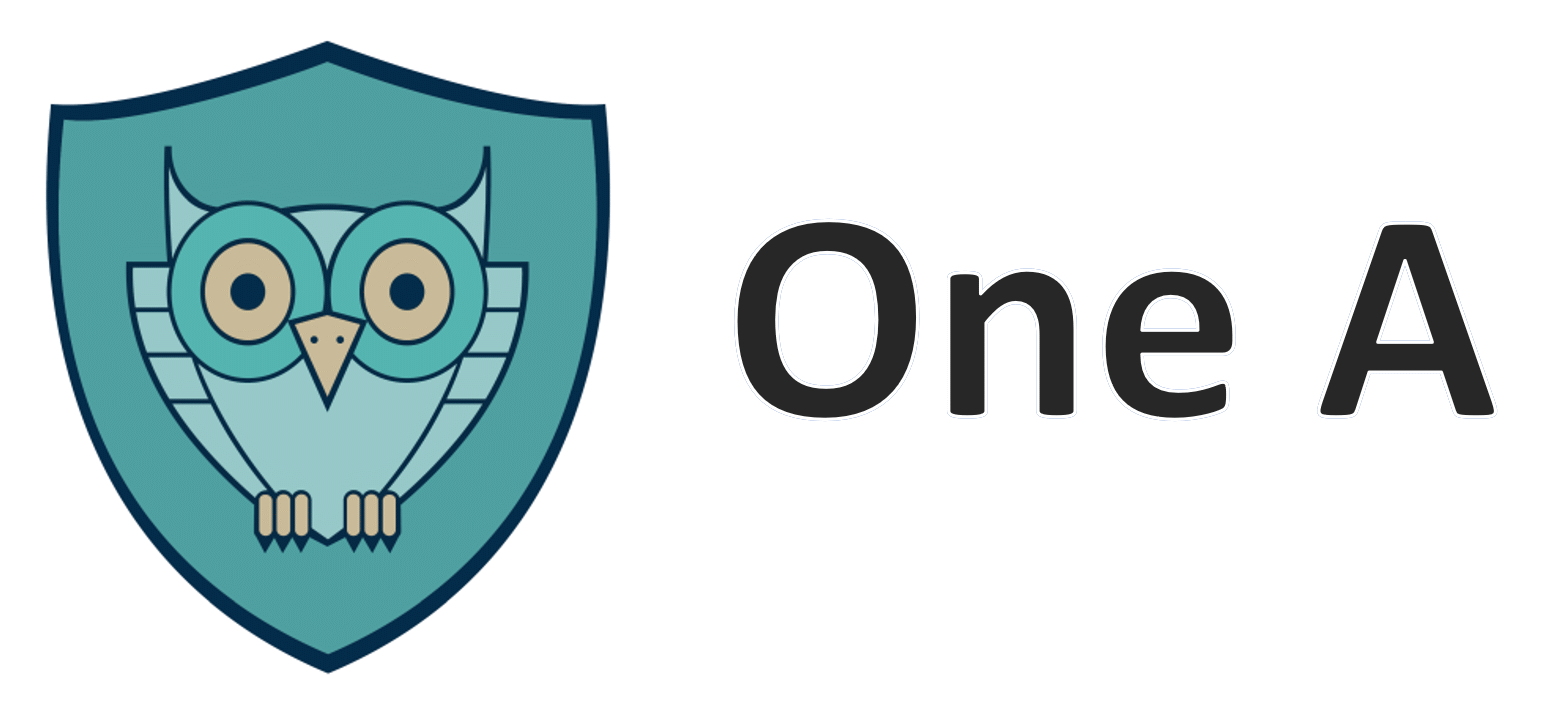OSHA Requirements for Nail Salons – Chemical and Biological Hazards
According to OSHA, chemicals that can harm your health can get into your body if you:
• Breathe in vapors, dusts, or mists from the products;
• Get the product on your skin or in your eyes; or
• Swallow the product if it gets on your uncovered food, drink, or cigarettes.
Exposures can “add up,” if you use chemicals all day, every day, you are more likely to get sick than someone who uses the same chemicals once in a while.
Nail products, such as polishes, strengtheners, removers, and artificial nail liquids, can contain many chemicals, and some of these chemicals are more harmful than others.
Some potentially hazardous chemicals listed below, the types of products they can be found in, and how they can affect your body include:
• Acetone (nail polish remover): headaches; dizziness; and irritated eyes, skin, and throat.
• Acetonitrile (fingernail glue remover): irritated nose and throat; breathing problems; nausea; vomiting; weakness; and exhaustion.
• Butyl acetate (nail polish, nail polish remover): headaches and irritated eyes, skin, nose, mouth, and throat.
• Dibutyl phthalate (DBP) (nail polish): nausea and irritated eyes, skin, nose, mouth, and throat. Long-term exposures to high concentrations may cause other serious effects.
• Ethyl acetate (nail polish, nail polish remover, fingernail glue): irritated eyes, stomach, skin, nose, mouth, and throat; high concentrations can cause fainting.
• Ethyl methacrylate (EMA) (artificial nail liquid): asthma; irritated eyes, skin, nose, and mouth; difficulty concentrating. Exposures while pregnant may affect your child.
• Formaldehyde (nail polish, nail hardener): difficulty breathing, including coughing, asthma-like attacks, and wheezing; allergic reactions; irritated eyes, skin, and throat. Formaldehyde can cause cancer.
• Isopropyl acetate (nail polish, nail polish remover): sleepiness, and irritated eyes, nose, and throat.
• Methacrylic acid (nail primer): skin burns and irritated eyes, skin, nose, mouth, and throat. At higher concentrations, this chemical can cause difficulty breathing.
• Methyl methacrylate (MMA) (artificial nail products, though banned for use in many states): asthma; irritated eyes, skin, nose, and mouth; difficulty concentrating; loss of smell.
• Quaternary ammonium compounds (disinfectants): irritated skin and nose and may cause asthma.
• Toluene (nail polish, fingernail glue): dry or cracked skin; headaches, dizziness, and numbness; irritated eyes, nose, throat, and lungs; damage to liver and kidneys; and harm to unborn children during pregnancy.
Product Labels
At minimum, professional-use nail salon products containing hazardous chemicals must provide the following information:
• The name and address of the product manufacturer or distributer;
• Something that explains the type and use of the product, such as a name, description, or illustration;
• Facts about the product, such as directions for safe use if a product could be unsafe if used incorrectly; and
• All necessary warning and caution statements.
Material Safety Data Sheets (often called “MSDSs”)
OSHA requires product manufacturers to provide salon owners with material safety data sheets (MSDSs) for the products they buy that contain hazardous chemicals. Employers must make these MSDSs available to you, and train you so that you understand the chemicals’ potential hazards and how to use the products safely. In general, an MSDS must provide the following information:
• Hazardous ingredients in the product;
• How you can be exposed to the ingredients;
• Health and safety risks you face when using the product; and
• Steps for safely using and storing the product, including what to do in emergencies.
OSHA recently updated its rules about safety data sheet requirements. “Material Safety Data Sheets” will now be called “Safety Data Sheets” (SDSs). SDSs will generally list the same information as MSDSs, but all information will now be presented in a common format across products so you can compare the differences in hazards between products.
Be aware that MSDSs or SDSs may not contain all the information needed to help protect you. For example, the manufacturer may state that you should wear “impervious gloves,” but not specify the type.
